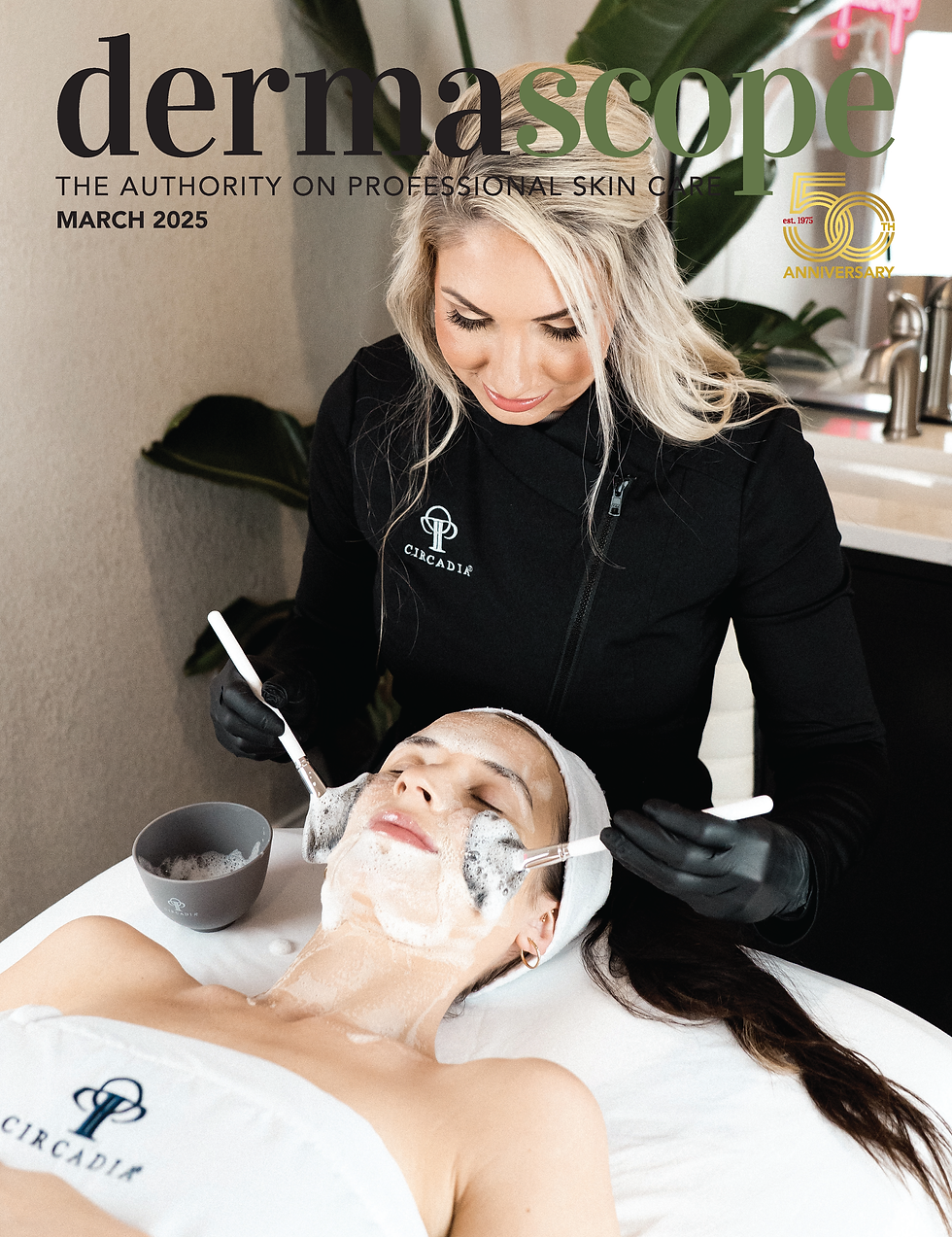Productivity, Growth, & Profitability Go Hand in Hand
- Wellness Capital Mgmt
- Sep 20, 2018
- 3 min read
Should I raise my prices? Can I hire another aesthetician or Nurse Practitioner? How much can I afford to pay my massage therapists? These questions face every business owner in our industry. How do you answer them? What process do you have in place to help you make these decisions? Part of the answer can be found by using tools you currently have in your business management toolbox.
Imagine having a system that will show you where you can grow and how to improve profitability. By understanding and evaluating productivity, you can create opportunities to increase sales, improve efficiency, determine service pricing and staff compensation. Using productivity helps measure how your business is performing and shows you ways to improve it.
Prior to assembling piles of mind-numbing data, let’s get a handle on how productive your business is. Start with a simple question: If you were totally booked, what is the capacity and earning potential of your business? “Fully Booked” = 100% capacity or “my facility cannot do any more business.” Is this your situation? If so, congratulations! You can take a vacation. If not, keep reading.
Total Hours of Operation per week X Number of Treatment Rooms X 52 Weeks per year = Total Number of Treatments Available. If your average treatment requires more or less than one hour, you can modify this number accordingly by using the percentage of the hour each treatment requires.
You can calculate this by month (1,192 Treatments), week (275 treatments) or day (39 treatments). Some of my more “granular” clients break it down by the hour. Let’s just say they tend to over-analyze things. These are service sales and service revenues only. Evaluating productivity by a specific treatment room and specific practitioners is something to evaluate. Don’t get tied up in minutiae. We’re talking about averages here.
If this business is performing 10 services per day, it is performing at 25.5% productivity. 10 Services per Day ÷39 Services per day (at 100% Capacity) = 25.5%.
Is this good? Perhaps, depending on the type of business, the selling price per service and breakeven. It does tell me that there is almost 75% of unused capacity. I feel that this creates an opportunity for growth. Many of my “mature” Day Spa and Medical Spa clients are performing at 55-65% productivity.
You can calculate this manually, but typically, the information comes from your POS system. There are many robust systems that provide great operating information and metrics.
Understanding what metrics to look for and where to get them is imperative. This information is readily available to you. Some of the reports available from the POS Systems are the following: Millennium; MA 200, Booker; Dashboard and Room Utilization and MindBody; Business Metrics.
Being a curious person, I ask why some practitioners are more productive than others? What can I do to bring all my employees closer to the performance of my highest performers? I also wonder if productivity on specific days could be improved on certain days if I modify service pricing on those days. If the productivity of a specific treatment room is low because I can only use it for a specific procedure, maybe I should look at whether having that piece of equipment makes sense for my business or whether there are other ways to promote it.
Productivity influences your number of treatment rooms, hours of operation, treatment room availability, staffing, service pricing, marketing, service menu and cost per service. Addressing productivity and creating goals and actions to improve it will have a positive impact on all these issues.
How many services are you performing, and how many could you be performing? Who is your best performer? Why? Can you increase your number of services, average service pricing, Retail to Service Ratio, retention, and frequency of visit? How is your productivity compared to comparable businesses? Do you use productivity as a tool to determine staff compensation?
Productivity can be used as a tool to establish sales targets and goals by employee, sales category, treatment room or day. It can also help as a pricing tool.
Finally, productivity can be used as a tool to measure efficiency and to establish KPI’s (Key Performance Indicators). What are your sales per hour, retail per guest, number of services, selling price per service, revenue per guest and revenue per room? Productivity impacts every one of these. It creates understanding, goals and opportunities and allows you to measure your improvement and success.
What if you did one additional service per day, your practitioner increased productivity by 5% or you increased retail sales by $1 per service? Small changes can make a big difference.
How productive is your business?


Comments